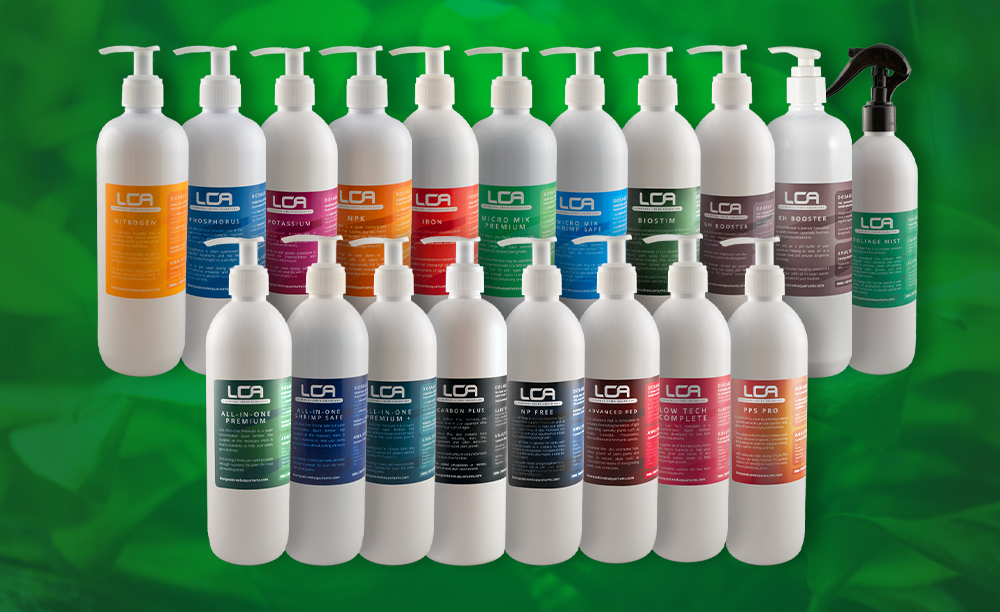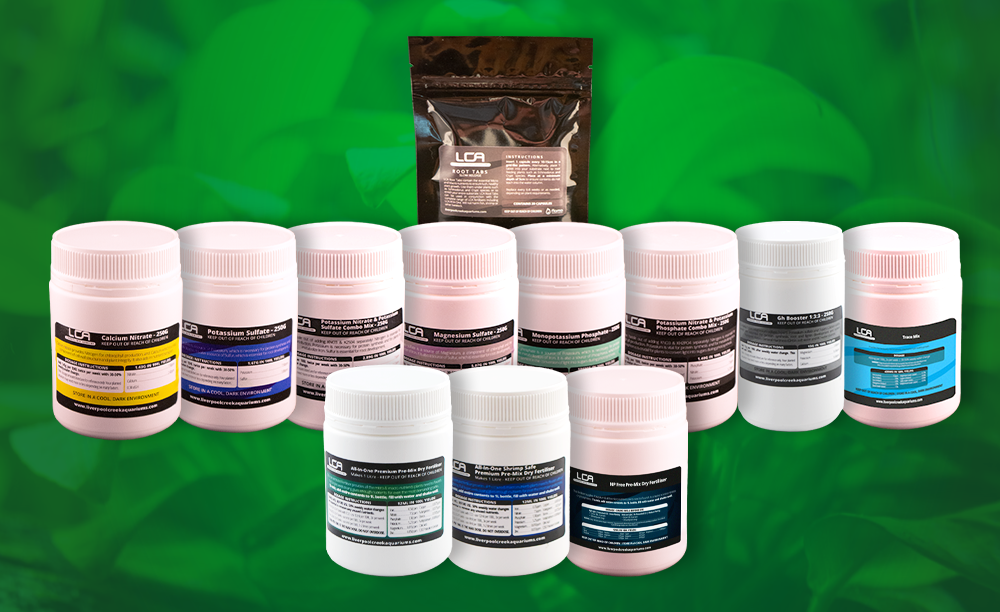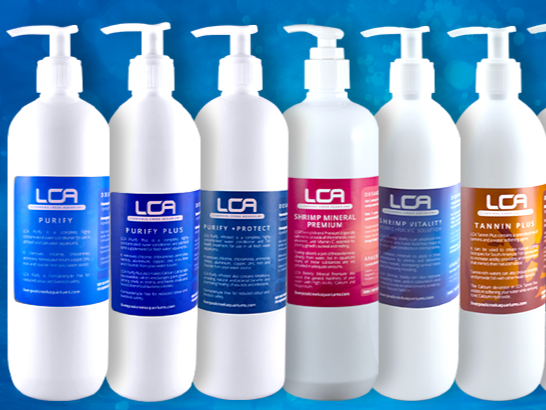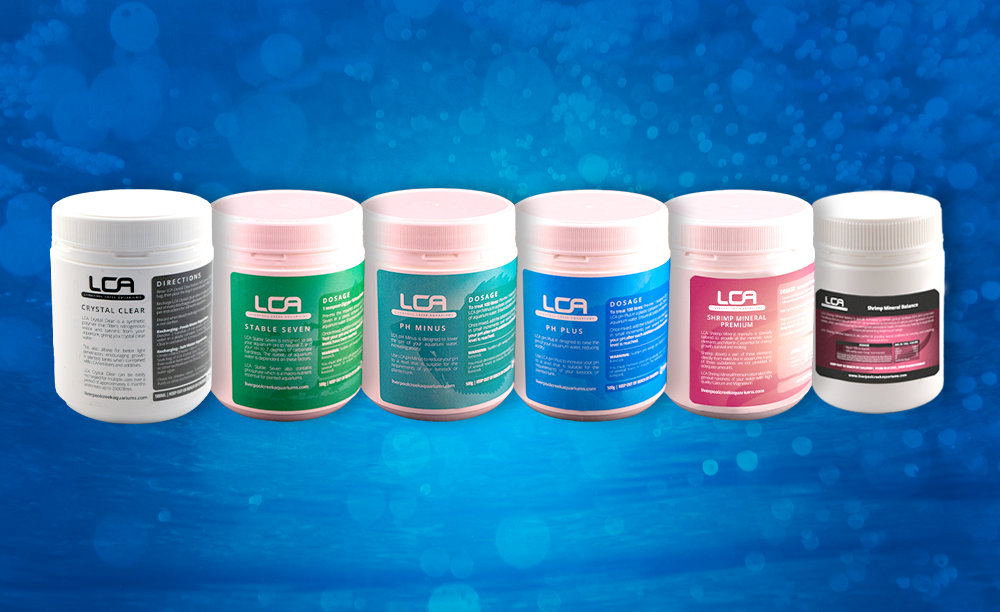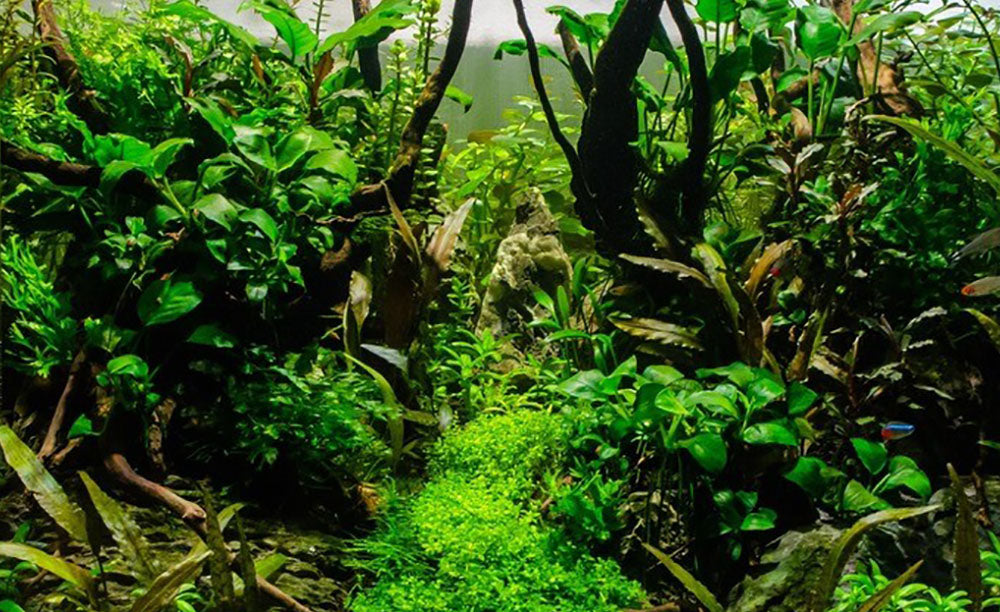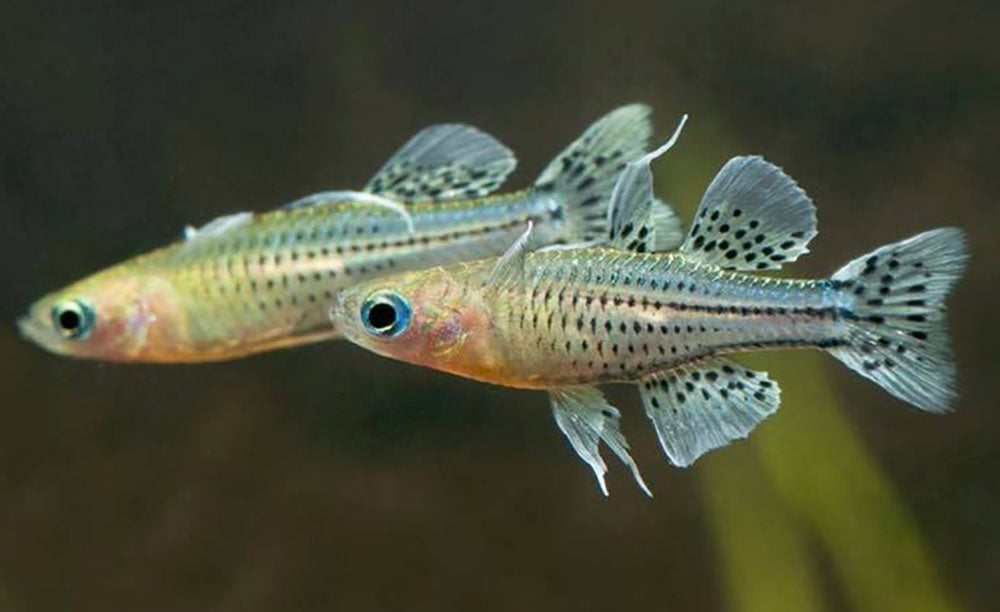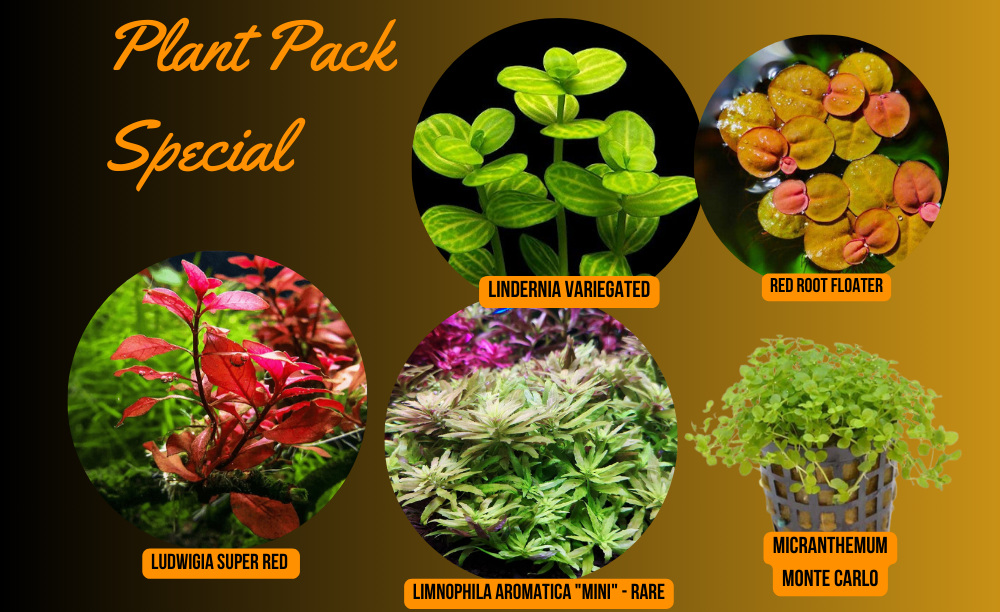Your Cart is Empty
we are now CLOSED FOR OUR ANNUAL BREAK
ANY NEW ORDERS WILL NOT BE SENT UNTIL EARLY JANUARY
***FREE SHIPPING ON ORDERS OVER $200***
we are now CLOSED FOR OUR ANNUAL BREAK
ANY NEW ORDERS WILL NOT BE SENT UNTIL EARLY JANUARY
***FREE SHIPPING ON ORDERS OVER $200***
Store
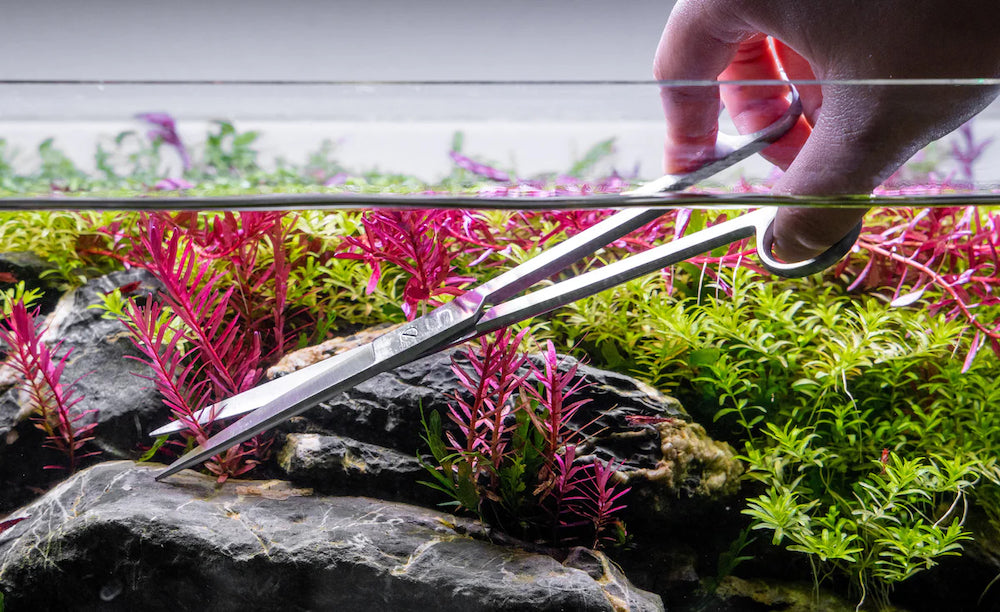
Replanting Stems
3 min read
Replanting Stems
To ensure your stem plants always look their best and to create dense, lush hedges, you should regularly trim and replant the top portions.
Lower portions of stem plants naturally deteriorate over time, and they won’t recover. Lower leaves will develop holes and become ragged in appearance. Lower sections of the stem will become thinner and weaker, and less able to produce side shoots.
Aquatic stem plants are always focused on creating new growth, and will absorb some nutrients from older growth to do so. As plants grow bigger they will also cast shade over lower sections, inhibiting photosynthesis. Once stems reach the surface of your water, they will grow horizontally and create unsightly aerial roots.
So it makes sense to regularly remove underperforming, unsightly lower sections in favour of the healthy tops.
To do this, trim the healthy top from your plant – around 10cm or so is a good amount. Do this for all stems with enough healthy growth. Put these stems to one side on a piece of damp paper towel. If you have a lot of them, misting with water will keep them healthy while you are working.
Next, carefully remove all of the old lower stems along with their roots. If you pull these out slowly it shouldn’t disturb too much detritus from the substrate. Once the roots are free, give them a gentle shake at substrate level to dislodge bits of detritus/sand/etc that will be tangled in them. That way when you lift them out of your tank you don’t send too much debris through your water column.
Before replanting, consider if you substrate needs to be enriched. If you’re using aquasoil older than 3 months, or if you substrate is inert (like sand or gravel), now is a good time to put in a few LCA Root Tabs or mix in some new aquasoil. This helps to provide nitrates and other important nutrients, which stay bound in the substrate for long term plant use, and will be helpful for the stems you are about to replant.
Now is the time to replant your stem tops. Tweezers make this process a lot easier but you can plant using your fingers as well. You’ll want to plant the stems as deep as you can so they don’t float free of your substrate. Don’t worry if a few leaves get buried, they will help to anchor the stem and as they melt in the substrate will be absorbed by the rest of the plant.
Plant each stem top with a little bit of space between them. You don’t want the stems to be stunted, but at the same time, too much free space will encourage the formation of aerial roots. Plant according to the growth pattern of the plant – for example, Rotala colorata has a much narrower growth form than Hygrophila pinnatifida, so can be planted closer together.
Once all of your stems have been replanted, perform a 30-50% water change with siphoning to remove any stirred up detritus. This will inhibit formation of algae, which is especially important in removing a potential stressor from newly planted stems.
With your enriched substrate and additional water column fertilisation, your newly planted stem tops will quickly form roots and begin growing.
With all of this said, you don’t always have to discard the bottom sections of your stems. They will stay healthy for a while – deterioration doesn’t happen immediately! While the bottom sections of your stem plants are still healthy, you can trim the top and keep the bottom section as well. Some plants will take better to trimming than others.
Generally speaking, after 3 trims it will be time to discard the lower section even if it still looks ok, as with each trim the lower part of the plant will be less able to create new growth and will start to look a bit rough with lots of side shoots.
If you’re not keen on regularly trimming and replanting – it can be a daunting amount of maintenance – consider using more non-stem plants such as echinodorus/cryptocorynes and rhizome plants like anubias and ferns. These will grow without requiring trimming and send out new plants on runners or new leaves along the rhizome.
To ensure your stem plants always look their best and to create dense, lush hedges, you should regularly trim and replant the top portions.
Lower portions of stem plants naturally deteriorate over time, and they won’t recover. Lower leaves will develop holes and become ragged in appearance. Lower sections of the stem will become thinner and weaker, and less able to produce side shoots.
Aquatic stem plants are always focused on creating new growth, and will absorb some nutrients from older growth to do so. As plants grow bigger they will also cast shade over lower sections, inhibiting photosynthesis. Once stems reach the surface of your water, they will grow horizontally and create unsightly aerial roots.
So it makes sense to regularly remove underperforming, unsightly lower sections in favour of the healthy tops.
To do this, trim the healthy top from your plant – around 10cm or so is a good amount. Do this for all stems with enough healthy growth. Put these stems to one side on a piece of damp paper towel. If you have a lot of them, misting with water will keep them healthy while you are working.
Next, carefully remove all of the old lower stems along with their roots. If you pull these out slowly it shouldn’t disturb too much detritus from the substrate. Once the roots are free, give them a gentle shake at substrate level to dislodge bits of detritus/sand/etc that will be tangled in them. That way when you lift them out of your tank you don’t send too much debris through your water column.
Before replanting, consider if you substrate needs to be enriched. If you’re using aquasoil older than 3 months, or if you substrate is inert (like sand or gravel), now is a good time to put in a few LCA Root Tabs or mix in some new aquasoil. This helps to provide nitrates and other important nutrients, which stay bound in the substrate for long term plant use, and will be helpful for the stems you are about to replant.
Now is the time to replant your stem tops. Tweezers make this process a lot easier but you can plant using your fingers as well. You’ll want to plant the stems as deep as you can so they don’t float free of your substrate. Don’t worry if a few leaves get buried, they will help to anchor the stem and as they melt in the substrate will be absorbed by the rest of the plant.
Plant each stem top with a little bit of space between them. You don’t want the stems to be stunted, but at the same time, too much free space will encourage the formation of aerial roots. Plant according to the growth pattern of the plant – for example, Rotala colorata has a much narrower growth form than Hygrophila pinnatifida, so can be planted closer together.
Once all of your stems have been replanted, perform a 30-50% water change with siphoning to remove any stirred up detritus. This will inhibit formation of algae, which is especially important in removing a potential stressor from newly planted stems.
With your enriched substrate and additional water column fertilisation, your newly planted stem tops will quickly form roots and begin growing.
With all of this said, you don’t always have to discard the bottom sections of your stems. They will stay healthy for a while – deterioration doesn’t happen immediately! While the bottom sections of your stem plants are still healthy, you can trim the top and keep the bottom section as well. Some plants will take better to trimming than others.
Generally speaking, after 3 trims it will be time to discard the lower section even if it still looks ok, as with each trim the lower part of the plant will be less able to create new growth and will start to look a bit rough with lots of side shoots.
If you’re not keen on regularly trimming and replanting – it can be a daunting amount of maintenance – consider using more non-stem plants such as echinodorus/cryptocorynes and rhizome plants like anubias and ferns. These will grow without requiring trimming and send out new plants on runners or new leaves along the rhizome.
Subscribe
Sign up to get the latest on sales, new releases and more …
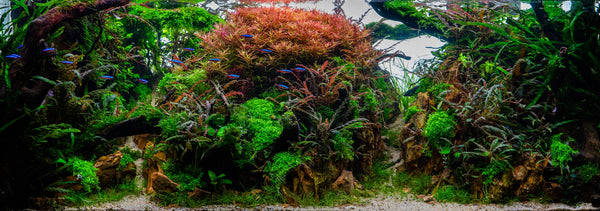
Join Us
Join our Facebook group and benefit from the knowledge of
Australia’s largest community of planted aquarium enthusiasts!

